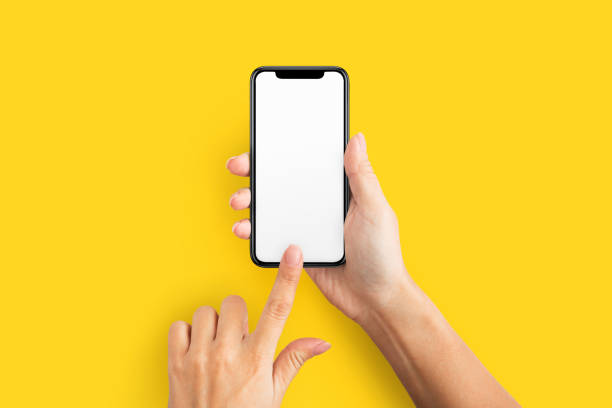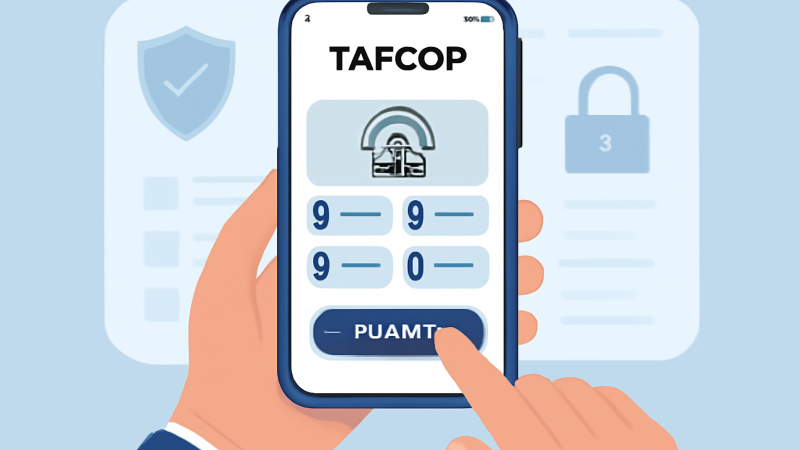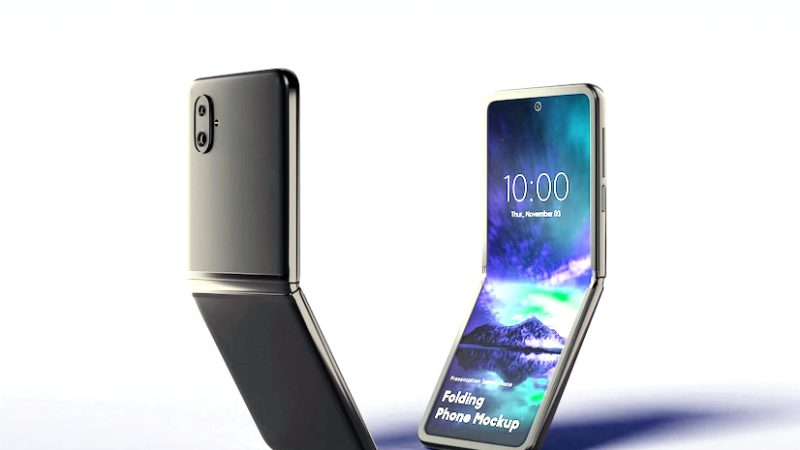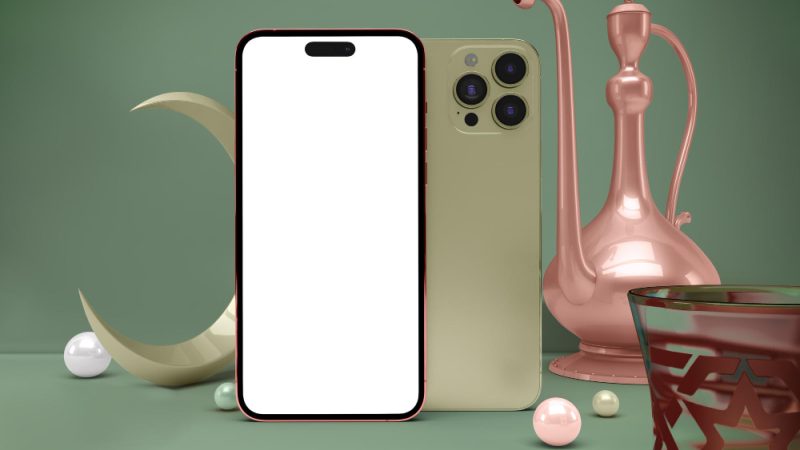Types of Mobile Phone displays (TFT, IPS, AMOLED, and others)

When choosing a smartphone, the type and quality of the display are one of the most important considerations to consider. Since it is not always easy to identify ourselves among the types of displays, we have gathered the most important information about the types of displays, their main parameters, and their properties. What is the difference between P-OLED and AMOLED? What is TFT? And LTPS? Is OLED or IPS better? You can find answers to all these questions and more in our article.
LCD is still current
In general, the LCD is the most common imaging technology. Despite the fact that mobile phones and televisions are fast approaching extinction and are increasingly only used in cheaper models, computer monitors continue to dominate the market. While the names can easily confuse the layman, LCD technology also offers displays labeled LED, TN, TFT, IPS, or LTPS. However, this does not mean that they are the same.
So it is clear that the brightness of the display is not determined by the pixels but by the backlight. Hence one of the main disadvantages of LCD displays: they are not capable of displaying in absolute black, resulting in relatively low screen contrast. Such displays cannot display black perfectly because even though the liquid crystals are completely “closed”, some of the light from the backlight still penetrates them. For televisions, manufacturers have begun to use so-called local dimming, which can reduce the brightness of the backlight to zero in some parts of the screen, but this solution does not apply to miniature mobile displays.
LED, TFT, TN, IPS, LTPS: how to align with other LCD technologies?
We may get a little confused when looking for differences between LCD and LED displays. In principle, there is no LED display, because, in fact, the LED display is also an LCD. The difference is in the backlight – LED displays to use light-emitting diodes, which are usually extremely energy efficient. However, in the context of LCD panels, we distinguish a number of other terms that are easily confused. Let’s look at them.
TFT is almost identical to LCD
The term TFT is often used in connection with mobile phone displays. These are LCDs that use so-called active matrix technology, which is a thin-film transistor (TFT) pixel control method. Compared to older types of passive matrix LCDs, TFT displays offer higher contrast, lower response times, and better viewing angles. Since virtually all LCD displays are TFT at the same time, these two terms can be considered almost synonymous.
IPS: almost the best
IPS is much better than TN. It is an advanced technology with low power consumption, good color rendering, and flawless viewing angles. The colors hardly change, even when viewed from a side angle, so the IPS displays allow for very versatile use. One of the most important features of IPS is its relatively good readability in sunlight – depending on the brightness of the particular display, of course.
The IPS technology is still one of the best, and not just for cell phone displays. Of course, individual displays vary depending on how they are manufactured, but IPS as technology is capable of displaying very high-quality images overall. OLED displays are considered the number one technology today, but it is not clear that IPS is worse. Each of these technologies has its advantages and disadvantages.
OLED and AMOLED displays are the best technology for phones because their technology can save up some energy and optimize the screen colors for a great outcome. So if you’re into mobile gaming and you spend most of your time playing games like online casino then make sure your phone is an AMOLED one, but we’re going to talk about that later in the article. However, the IPS is the best when we want the best shared experience, like watching a movie or a sporting event together. So for big displays go for IPS instead.
LTPS: an unexpectedly confusing concept
When browsing catalogs, you may encounter an LTPS type display. This is a further modification of the well-known LCD technology, this time not in the field of liquid crystals (e.g. IPS and TN) but in the field of conductive materials. Thanks to LTPS (low-temperature polycrystalline silicon), which is gradually replacing amorphous silicon as a conductive material, displays can achieve better parameters, namely lower power consumption and shorter response times. In addition, the pixels of LTPS displays are denser, allowing them to produce a significantly sharper image.
Of course, the commercial and technological designations do not match in this case either, as although the panels labeled “LTPS” are improved versions of LCD technology, OLED and LCD displays also use LTPS as the conductive material, but are not labeled “LTPS”.
OLED: the bright music of the future
Although LCD is a proven and widely used technology that can deliver quality results, we consider OLED to be a technology of the present and the near future. Unlike LCDs, OLEDs do not use backlighting – the pixels themselves are lit. This has a huge advantage – OLED panels are able to display absolute black by simply turning off the required pixels. As a result, the contrast of OLED displays is much higher and they can display more vivid colors.
The ability to turn off black pixels offers other benefits, one of which is energy efficiency. OLED technology itself consumes more power than IPS but turned off pixels consume no power at all. As a result, and by using dark modes, phones with OLED displays have a longer battery life than similar phones with IPS displays.
OLED displays do not require backlighting because they use Organic Light-Emitting Diodes (OLEDs) that illuminate in the presence of electrical energy. Due to the lack of a backlight layer, the panels can be thinner, making the whole device thinner, be it the phone, television, or monitor. The image displayed by OLED displays is also more visible from the side than with IPS, although when viewed from the side, the image sometimes turns slightly greenish. The big disadvantage of OLED panels is the high price, which means that these displays are usually used in more expensive phones.
P-OLED and AMOLED: How are they different?
Like TFT LCD models, OLED displays use a passive (PMOLED) or more advanced active (AMOLED) matrix. Thus, especially in the case of P-OLED, the concepts can be confused. Both major OLED technologies, AMOLED and P-OLED use an active matrix, which means that essentially both are AMOLED (active matrix OLED).
However, the name is still confusing. P-OLED (Plastic OLED) means that the OLED display is based on a plastic base instead of a glass plate. This has the great advantage that it is possible to produce curved or even bendable displays in this way. However, it is a fact that AMOLED displays are also produced in this way. In fact, Samsung’s flagships have had a curved AMOLED display for years. From a purely technical point of view, all curved AMOLED displays are simultaneously P-OLED and all P-OLED displays are AMOLED.
So we are essentially talking about two different aspects of manufacturing technology, and modern OLED panels use both. The real difference between P-OLED and AMOLED displays is the commercial labeling of the two largest mobile display manufacturers. While AMOLED panels come primarily from Samsung’s factories, P-OLED displays are manufactured by LG. Nevertheless, both types of displays are very similar and neither clearly outperforms the other, although there are noticeable differences between them. We are talking about two different versions of an essentially identical technology.
While P-OLED displays are found on LG devices, the Google Pixel 4, or the iPhone X and Xs, AMOLED displays are used by Samsung, Xiaomi, OnePlus, or the iPhone 11 Pro.






